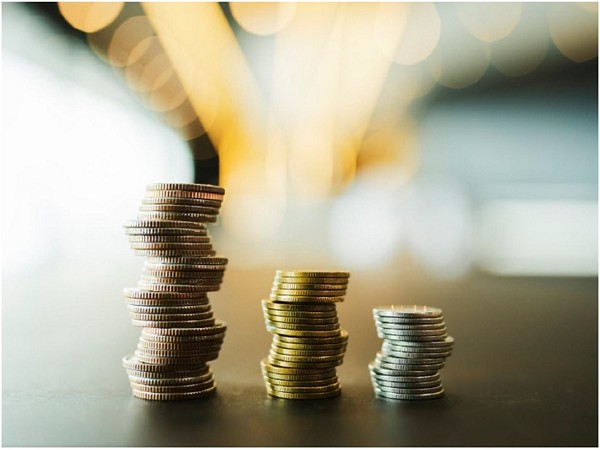India's GDP Growth Stabilizes as Economy Recovers
India's GDP growth is aligning with its long-term trend of 6.5-7%, as technical disruptions normalize. CRISIL reports post-pandemic economic recovery, driven by infrastructure spending, strong balance sheets, and a resilient market. Despite high interest rates, private consumption and investment maintain economic strength, ensuring a balanced growth trajectory.

- Country:
- India
India's gross domestic product (GDP) growth is anticipated to realign with the long-term trend of 6.5-7%, as fluctuations caused by technical factors begin to stabilize, a CRISIL report indicates. The post-pandemic economic landscape witnessed a sharp rebound and major variations in GDP, which are now subsiding, signaling a return to stability.
While diverse economic segments recovered at varying speeds after the pandemic, the government's emphasis on infrastructure spending emerged as a crucial driver of economic recovery, creating significant multiplier effects. Furthermore, robust corporate and bank balance sheets, coupled with healthy external markets, reinforced India's economic resilience.
In recent years, technical disruptions impacted GDP growth patterns. For example, an increase in government subsidies during the pandemic affected net product taxes, while fluctuating commodity prices led to volatility in the GDP deflator. These factors caused an 8.2% surge in GDP growth last fiscal, diverging from the gross value added (GVA) growth.
This fiscal year has seen these technical disruptions normalize, resulting in slower GDP growth. Net tax growth, which was a major GDP contributor last fiscal, has dropped due to a high base effect. In the first half of this fiscal year, net product taxes grew by only 3.3%, down from 10.5% in the same period the previous year, reducing their contribution to GDP growth.
The GDP deflator, which accounts for inflation-adjusted GDP, is stabilizing as well. It increased to 2.7% in the first half of this fiscal, compared to 0.8% last year, driven by a rise in the wholesale price index (WPI) inflation. This normalization is moderating real GDP growth but also decreasing distortions between nominal and real GDP figures. High interest rates and fiscal consolidation have also contributed to this moderation.
Nonetheless, the primary macroeconomic drivers remain robust. Private consumption, comprising 56.3% of GDP, grew by 6.7% in the first half, up from 4.1% last year. Fixed investment growth, though slower at 6.5%, still maintains a higher GDP share compared to the pre-pandemic decade.
CRISIL forecasts GDP growth for the current fiscal at 6.5-7%, reflecting India's pre-pandemic trend. Rising consumption demand, aided by a favorable monsoon and rural recovery, is expected to sustain growth momentum. Although the growth rate this fiscal may be lower than last year's 8.2%, it is likely to be more balanced across sectors, pointing to a healthier economic trajectory.
(With inputs from agencies.)










